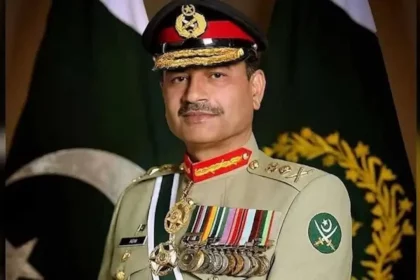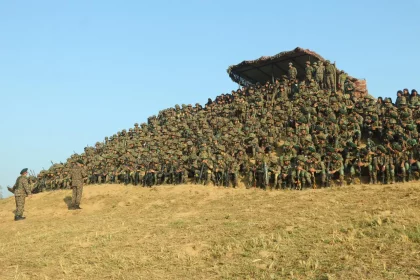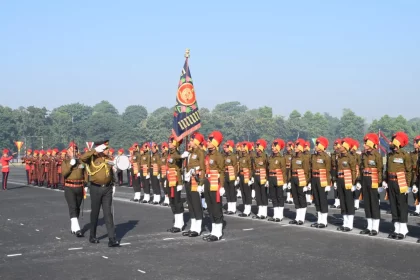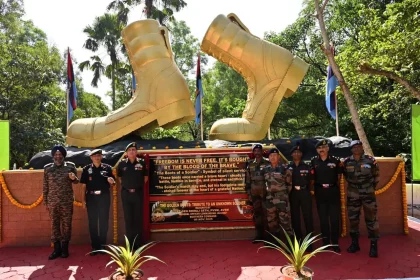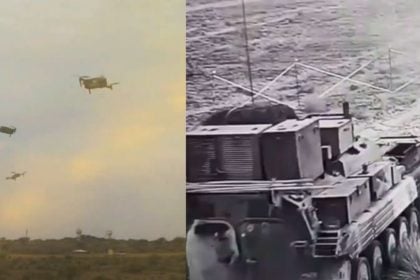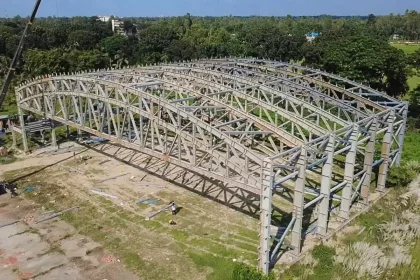Asim Munir’s Musharraf-Style Power Path: How Pakistan’s 27th Amendment Could Reshape Its Democracy?
A proposed constitutional amendment could cement the Pakistan Army’s grip on power and redefine the nation’s civil-military balance.
Lt Gen Manoj Kumar Katiyar Reviews Operational Preparedness Across Command Theatre; Lauds Vajra Corps for ‘Future-Ready’ Capabilities
Army Commander emphasises offensive mindset, innovation, and adaptability as pillars of a future-ready Indian Army.
Lt Gen Anindya Sengupta Leads Wreath-Laying Ceremony at Bengal Engineer Group & Centre, Roorkee on 223rd Group Day
Central Army Commander honours Bengal Sappers’ legacy of courage and service; emotional reunion unites generations of soldiers and veterans.
Lt Gen Dhiraj Seth Visits DSC Centre Kannur, Inaugurates ‘Golden Boots’ Memorial and ECHS Polyclinic at Iritty
Southern Army Commander lauds HADR efforts, strengthens civil-military coordination, and reaffirms commitment to veteran welfare in North Kerala.
Akhand Prahar: India Showcases Unprecedented Tri-Service Synergy and Multi-Domain Combat Power Under Exercise Trishul 2025
Exercise Trishul 2025 validates India’s tri-service joint warfare readiness, blending technology, precision, and interoperability for modern hybrid combat.
Bangladesh to Deploy New Air Defence Radar Near India’s Strategic Siliguri Corridor, Raising Security Concerns
Deployment of Chinese and Western Radar Systems Near India’s ‘Chicken’s Neck’ Raises Questions Over Regional Airspace Balance.

